How to Incorporate Math and Literacy Games In Kindergarten
It's no secret that using learning games for kindergarteners is a great way for students to review key math and literacy skills throughout the year. However, using learning games in kindergarten has many other benefits too.
Read on to learn more about these benefits and for some simple tips and tricks for incorporating math and literacy games into your kindergarten classroom.
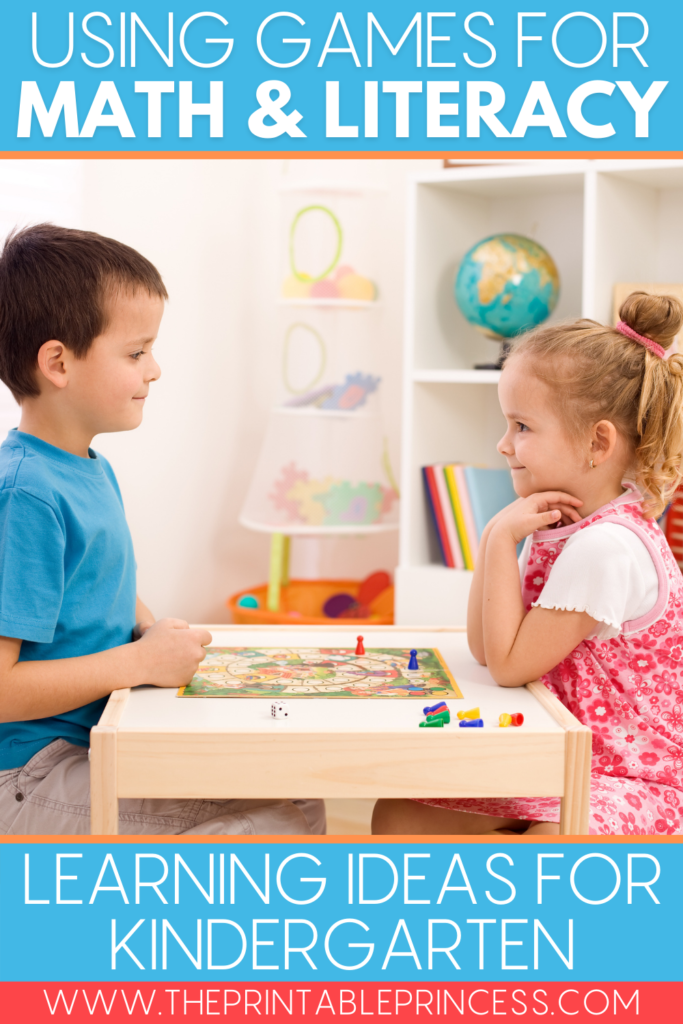
Why Learning Through Games Is Effective
Using learning games for kindergarteners is an effective strategy for making skill practice and review fun and hands-on for students.
By playing various games, students are allowed to be active, stress less, and enjoy the learning experience.
It's also a great way to encourage cooperative learning and build classroom community.
As students play together and work on key math and literacy skills, they learn important life skills such as sportsmanship, taking turns, interacting, playing fair, and problem-solving.
The more students are enjoying themselves and working cooperatively with their classmates, the more they'll retain and stay on task. It's a win-win situation!
Tips For Setting Learning Games Up For Success
When you are incorporating math and literacy games into your classroom, there are a few important tips to keep in mind. These tips will help you set the learning games and your students up for success.
Tip #1: Prep your supplies.
One of the biggest time-sucks in the kindergarten classroom is getting students ready to play a game and realizing you don't have the supplies ready or there are supplies missing.
Before playing the game, preferably before the day begins, prep your supplies. Gather everything students will need and place them in a centralized location.
Add all the supplies and game pieces they'll need to a large baggie, a colorful tote tray, or an organization basket.
It's also a good idea to add extras, such as an extra spinner and extra counters. That way if one gets lost, students can keep playing without interrupting you or their classmates.
If you are using your learning games during small groups or partner practice, you can label the baggie, tray, or basket with those students' names so they know exactly what they need.
Tip #2: Set your space up for success.
Have you ever had one of those moments where students are playing a game that involves rolling a dot cube and all you can hear are cubes hitting the floor or desks? It can be loud and distracting!
When implementing learning games in your classroom, consider the game, your students, and your space. It might be better to have students play games with dot cubes on the carpet, where it will be less distracting.
On the other hand, games with spinners or several pieces, such as counters, can easily get lost on the floor. Set those games up at your small group table or by putting two desks together.
It's also a good idea to spread groups of students and games out around the room. That allows each group to have their own space and hear each other without being distracted by other games happening around the room.
Tip #3: Discuss expectations before playing.
Just like with any new activity or learning strategy, it's important to discuss expectations with your students before playing.
Talk to them about staying in their area, taking care of their supplies, using kind words, taking turns, setting the game up for the next group, transitioning between games, etc.
You can also discuss what to do if they are stuck, need help, or finish the game early.
By taking the time to discuss these expectations ahead of time, students will be more confident playing the games and making positive choices.
Tip #4: Model each game.
Modeling each game with your students is a great way to explain the directions, show them exactly what they'll be doing, and ask guiding questions to check for understanding.
This is a great time to answer any questions they may have before beginning.
You can even do a quick practice round with your students to ensure they know how to play the game, take turns, and use the materials.
This is an opportunity to talk through potential problems or challenges they'll need to solve during the game. This can help kickstart their brains into problem-solving mode.
Using consistent math and literacy games with directions that remain the same while the theme changes is a great way to save yourself time and empower your students.
Tip #5: Use small groups.
When it comes to implementing learning games for kindergarteners, small groups tend to work better than large groups.
Smaller groups cut down on the chaos while still giving students the opportunity to work with other students.
Another benefit of small groups is less wait time in between turns, which is a must for little learners.
When it's time to introduce a new activity, doing so in small groups is a good way to give every student a chance to play while maximizing your time.
Groups of 3-4 students is ideal, but you can definitely pair students up to play partner games.
How To Incorporate Learning Games Into Your Schedule
Now that you have 5 tips for setting learning games up for success in the classroom, let's talk about how to incorporate these learning games into your busy schedule!
There are so many skills to teach in kindergarten. It can feel like you're constantly running around trying to squeeze everything in.
Oftentimes, teachers feel like they need to cut out fun learning activities like games in order to get everything done.
However, learning games may be one of the most effective and important activities to keep on your schedule at all times. After all, students will be highly engaged in math and literacy games, which leads to higher retention.
There are several ways to incorporate learning games into your kindergarten class schedule, including:
- Small group lessons
- Morning tubs
- Math and literacy centers
- Partner games
- Early finisher activities
- Brain breaks
- Free choice games
- Indoor recess games
- Quick time filler games
- Seasonal games
Using Math and Literacy Games All Year Long
Learning games are one of those staples to keep on your math and literacy lesson plans all year long. They're great for practicing skills, reviewing skills, and simply making learning fun.
Plus, by switching out the themes, your students will always have fresh games to play, even if they are practicing the same skill.
You can check out my Kindergarten Math and Literacy Games Bundle where I've done all of the planning, direction-writing, and work for you!
There are 108 easy-prep games covering 9 different skills in year-round themes. These games never go out of style whether it's August, December, or May!
All you need are basic classroom supplies, such as mini erasers, plastic math cubes, and plastic spinners (or the homemade, paperclip and pencil version).
Free Math and Literacy Games for Kindergarten
Are you ready to try implementing learning games for kindergarteners in your classroom?
You can download a FREE sample pack of the Kindergarten Math and Literacy Games by filling out the form below. It'll get delivered straight to your inbox with 6 fun games for your students to enjoy!
I hope you enjoyed these tips and ideas for implementing learning games in your classroom!

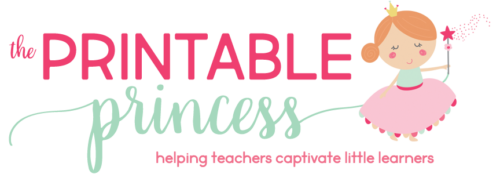
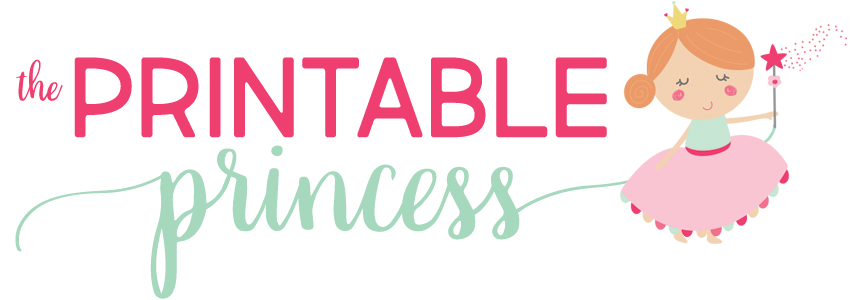
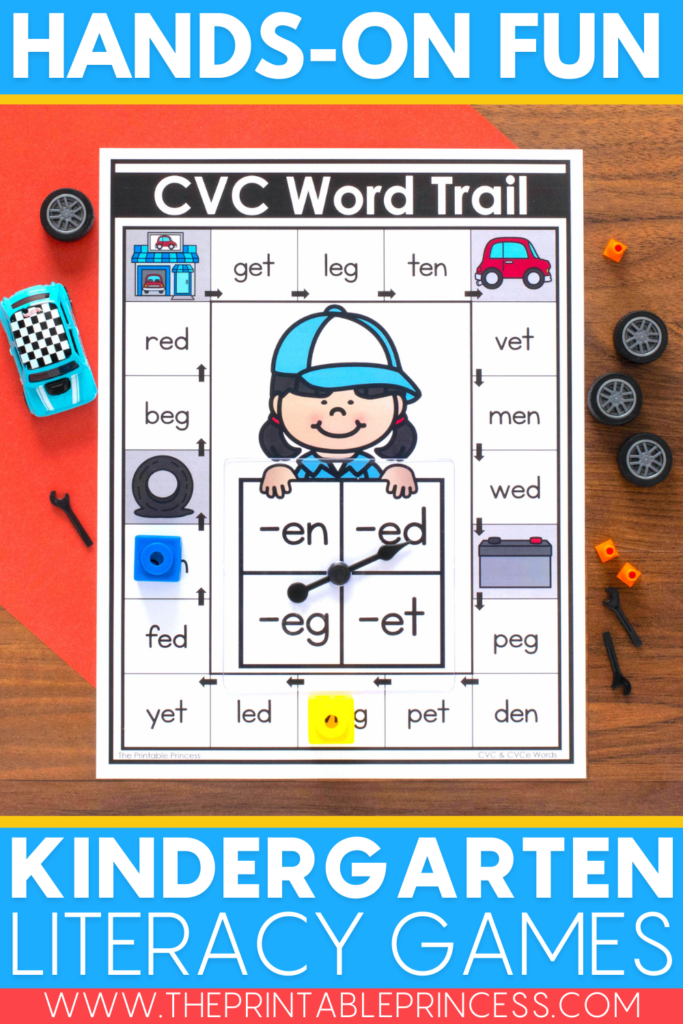
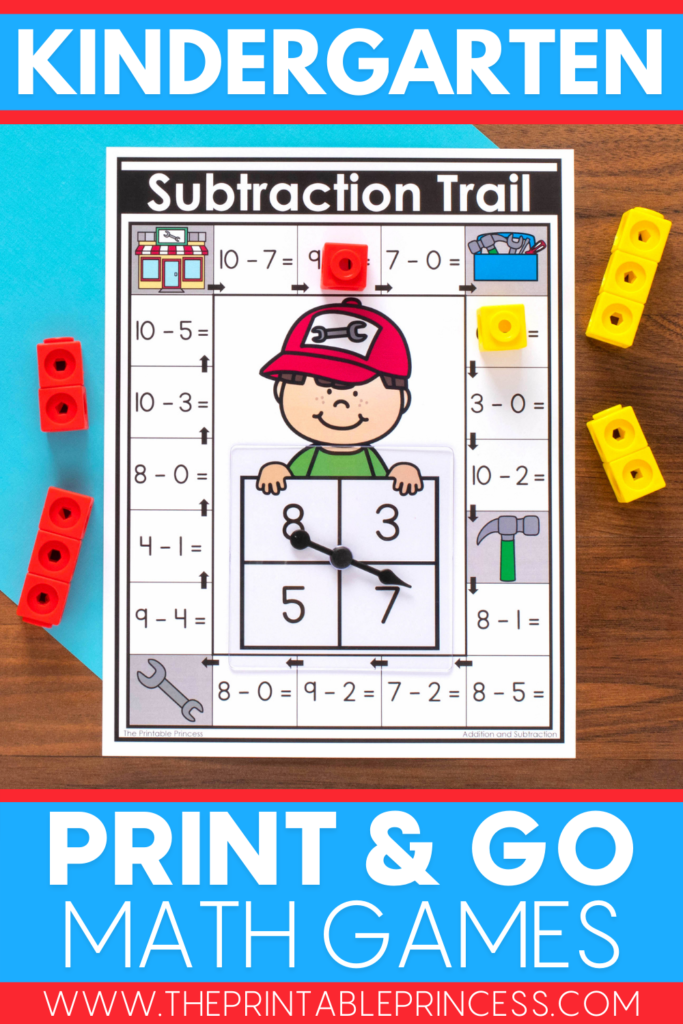
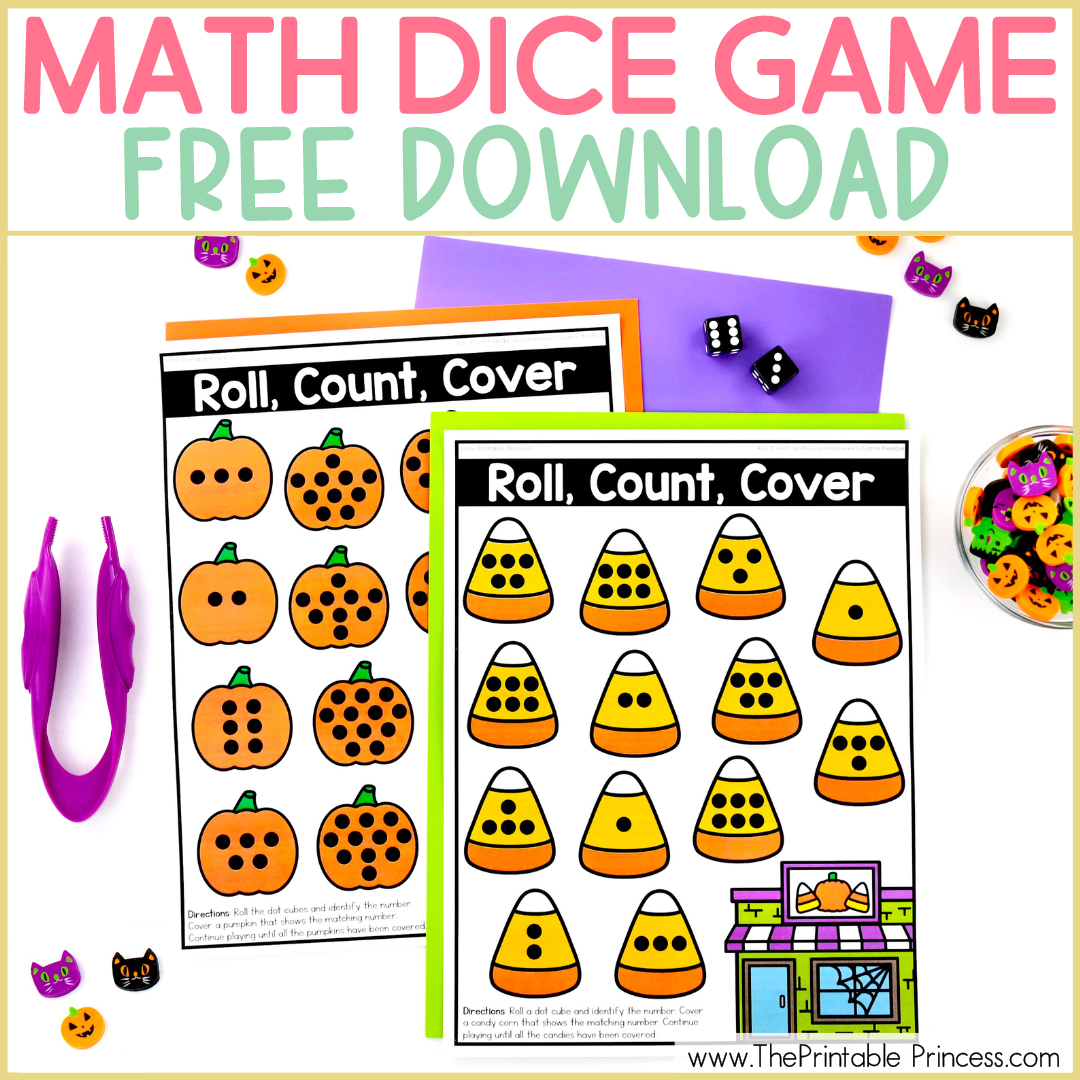

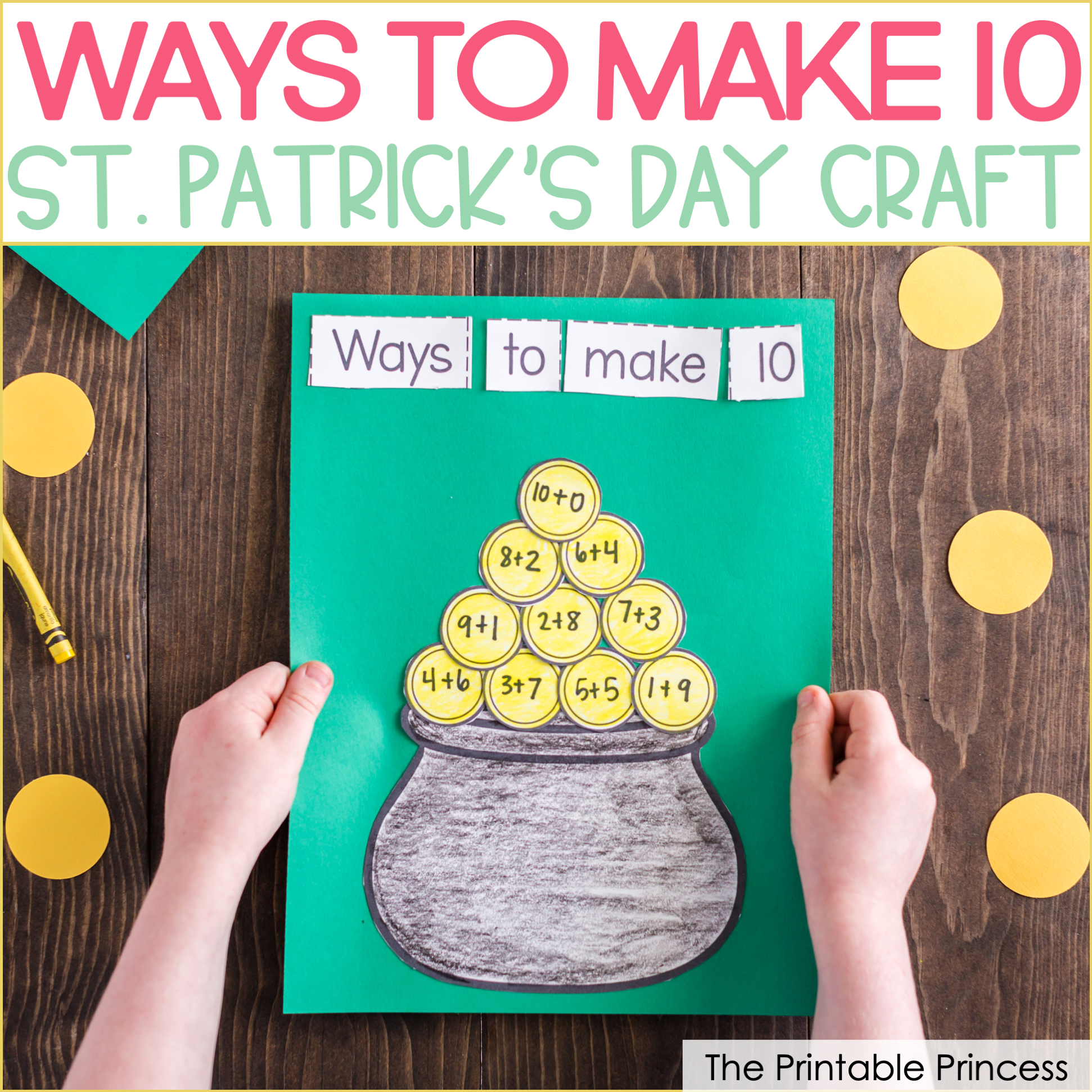
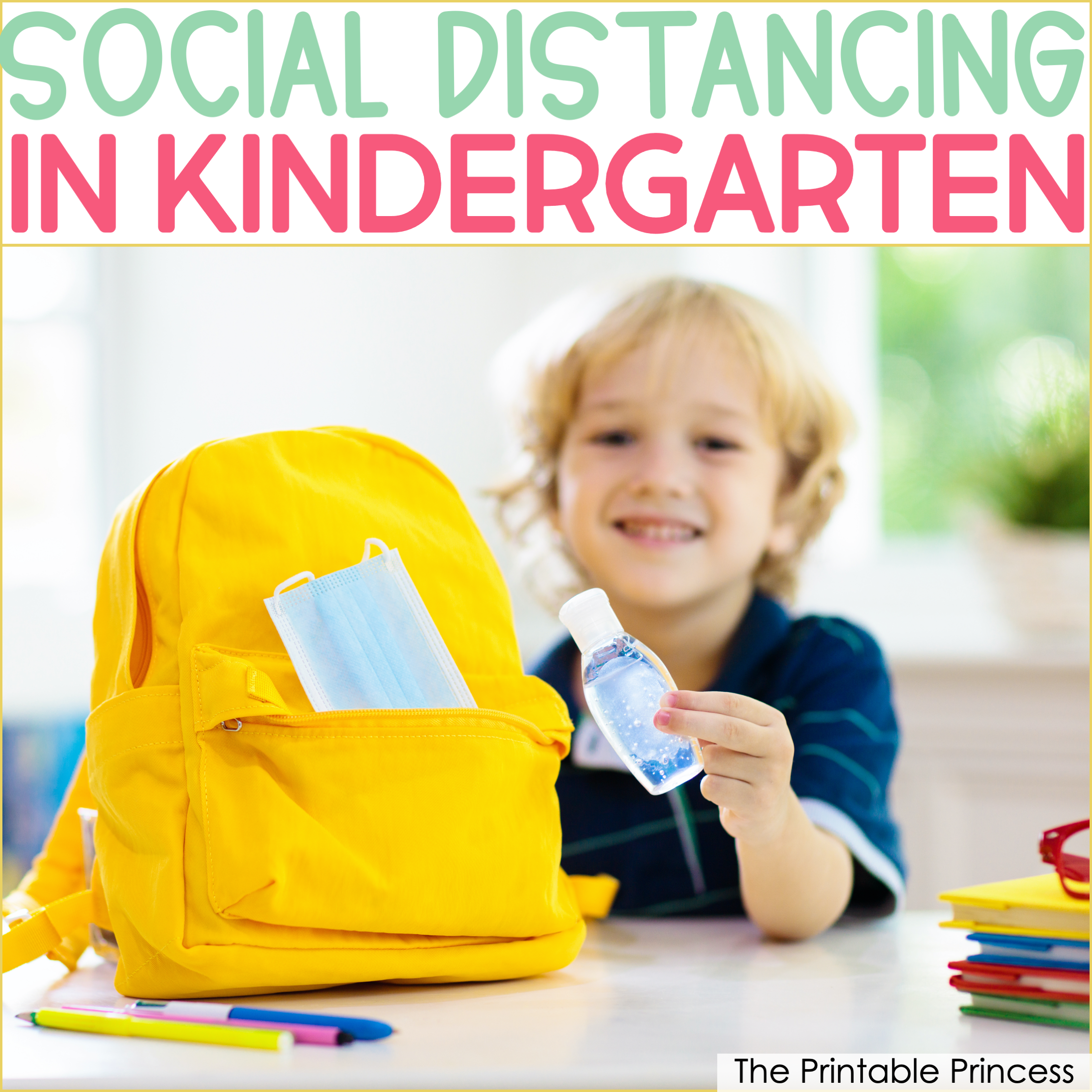
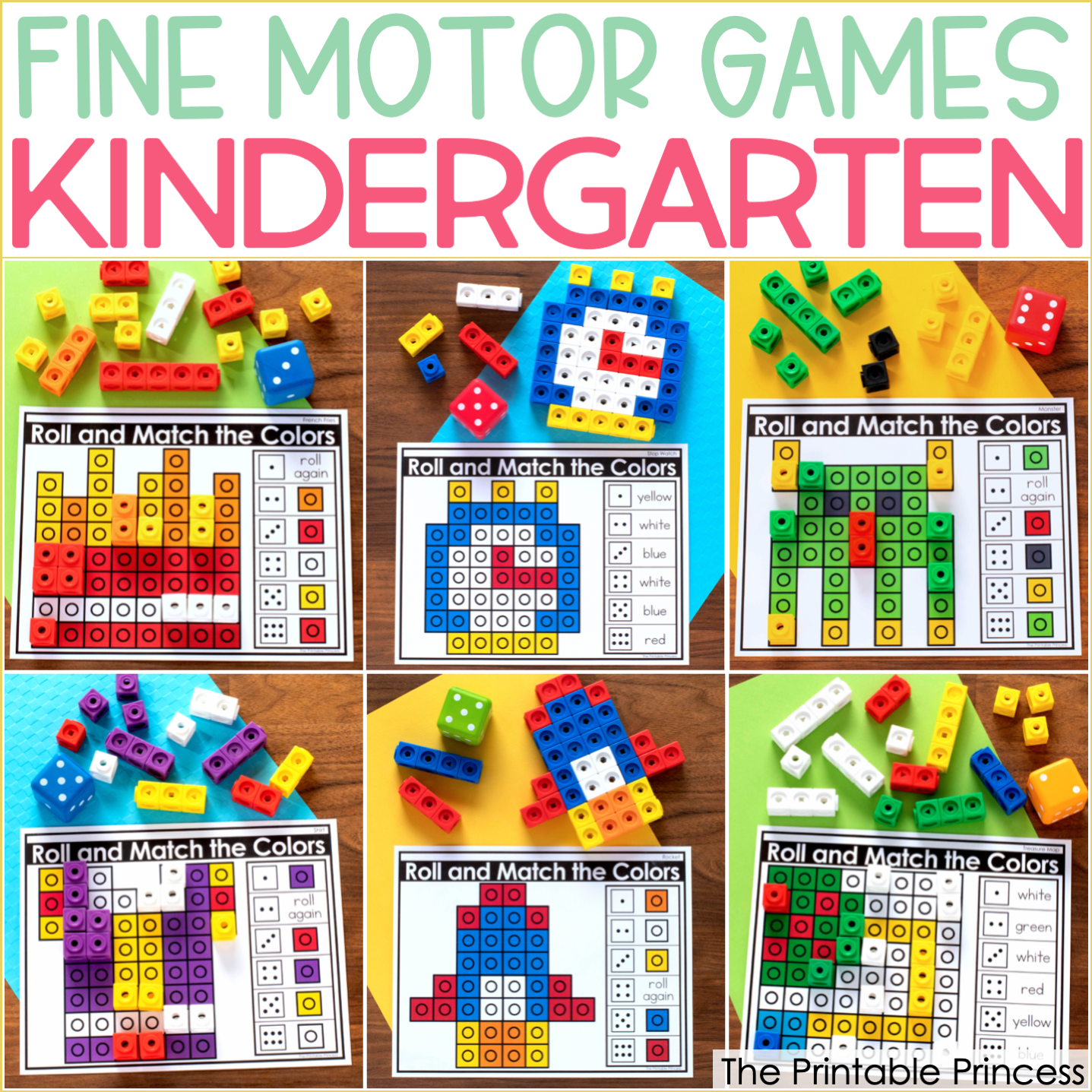
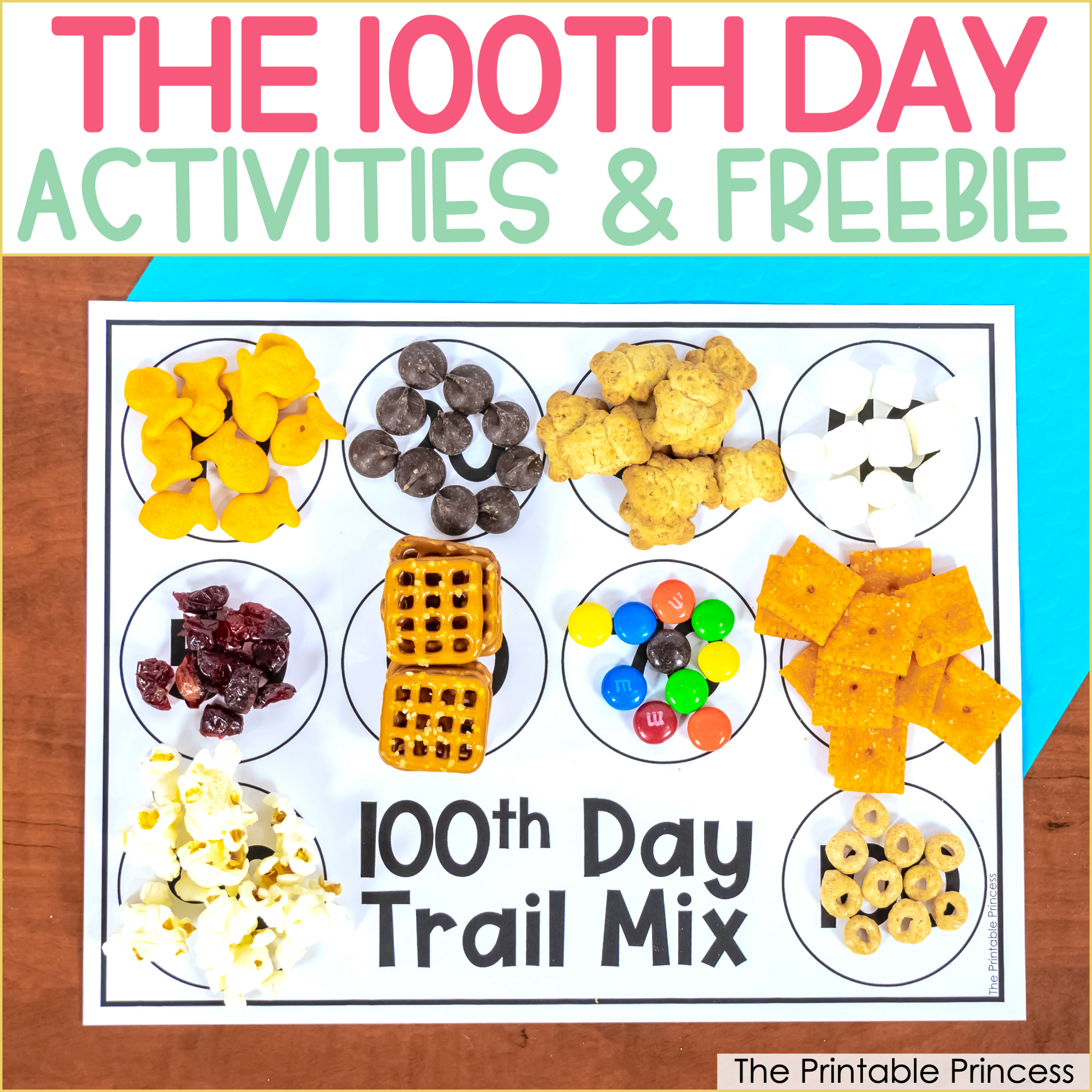
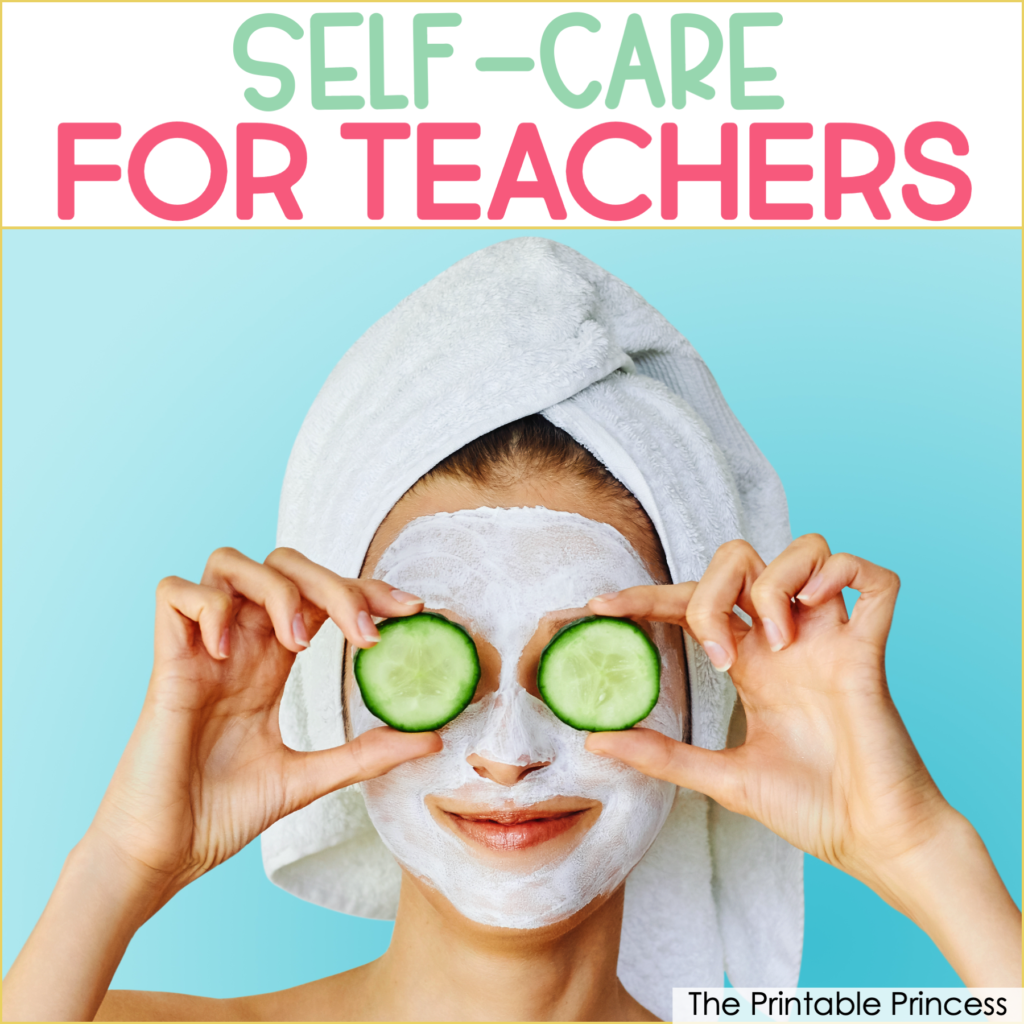
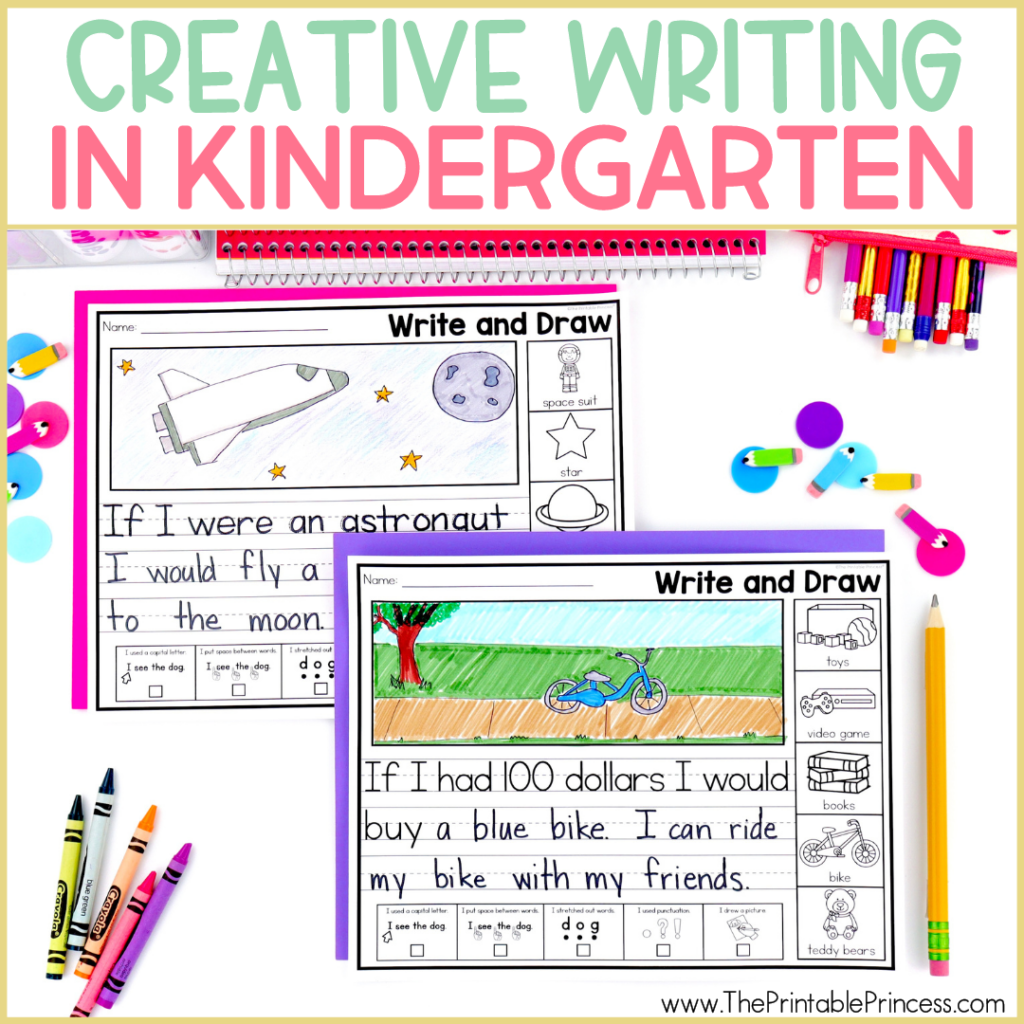
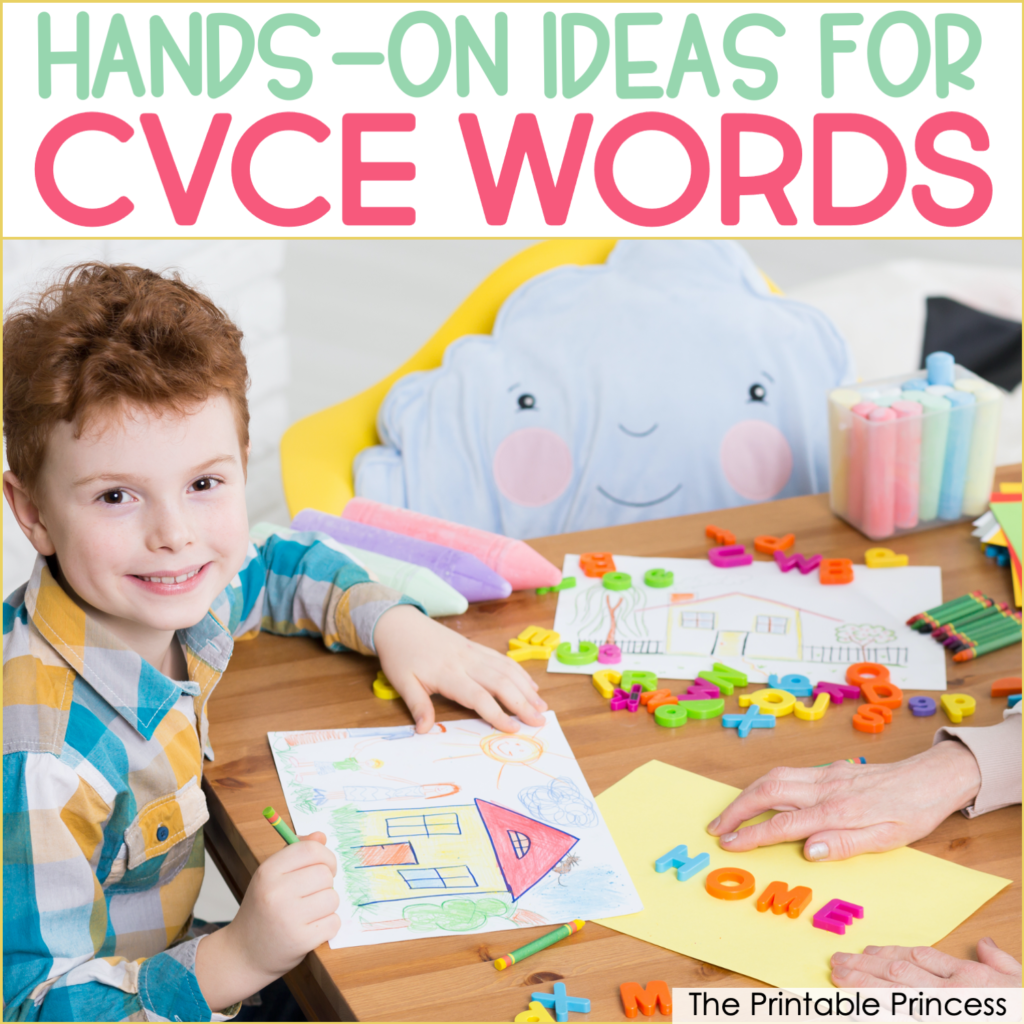
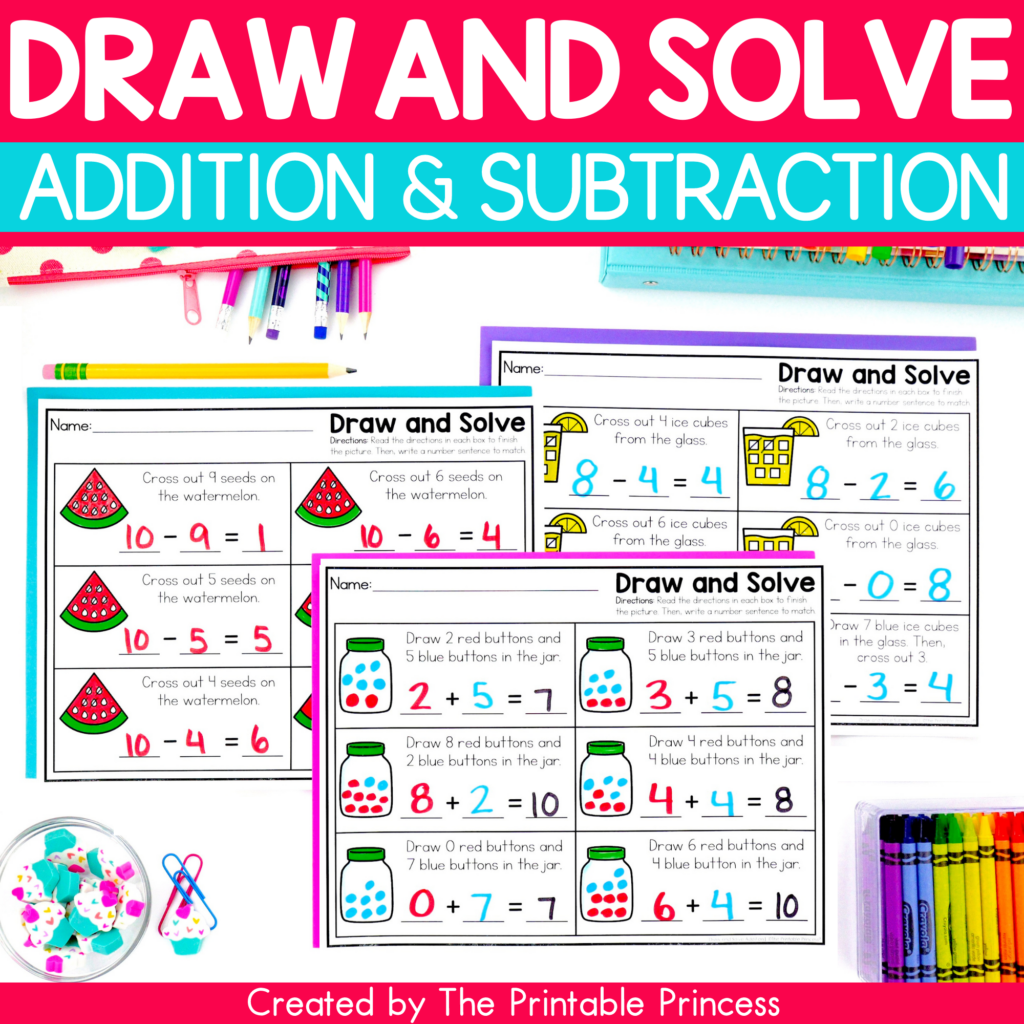
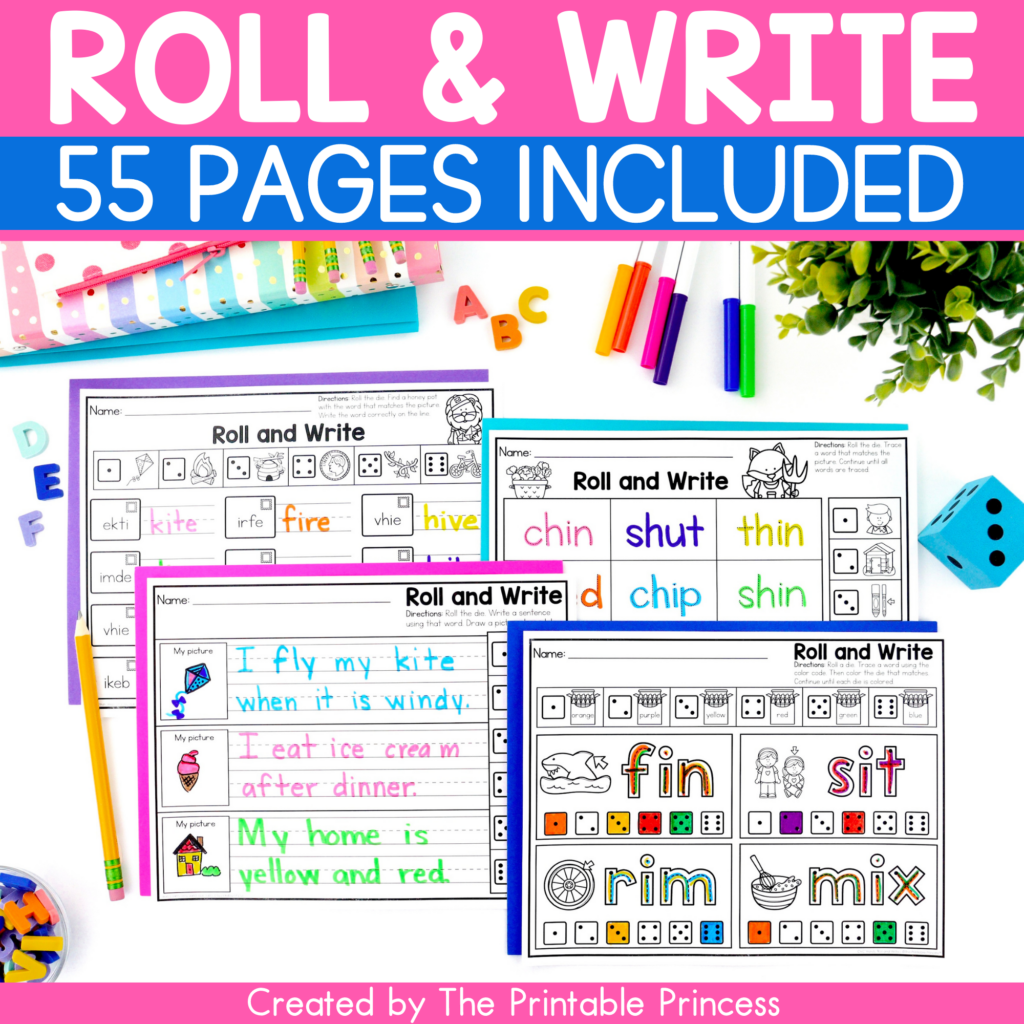
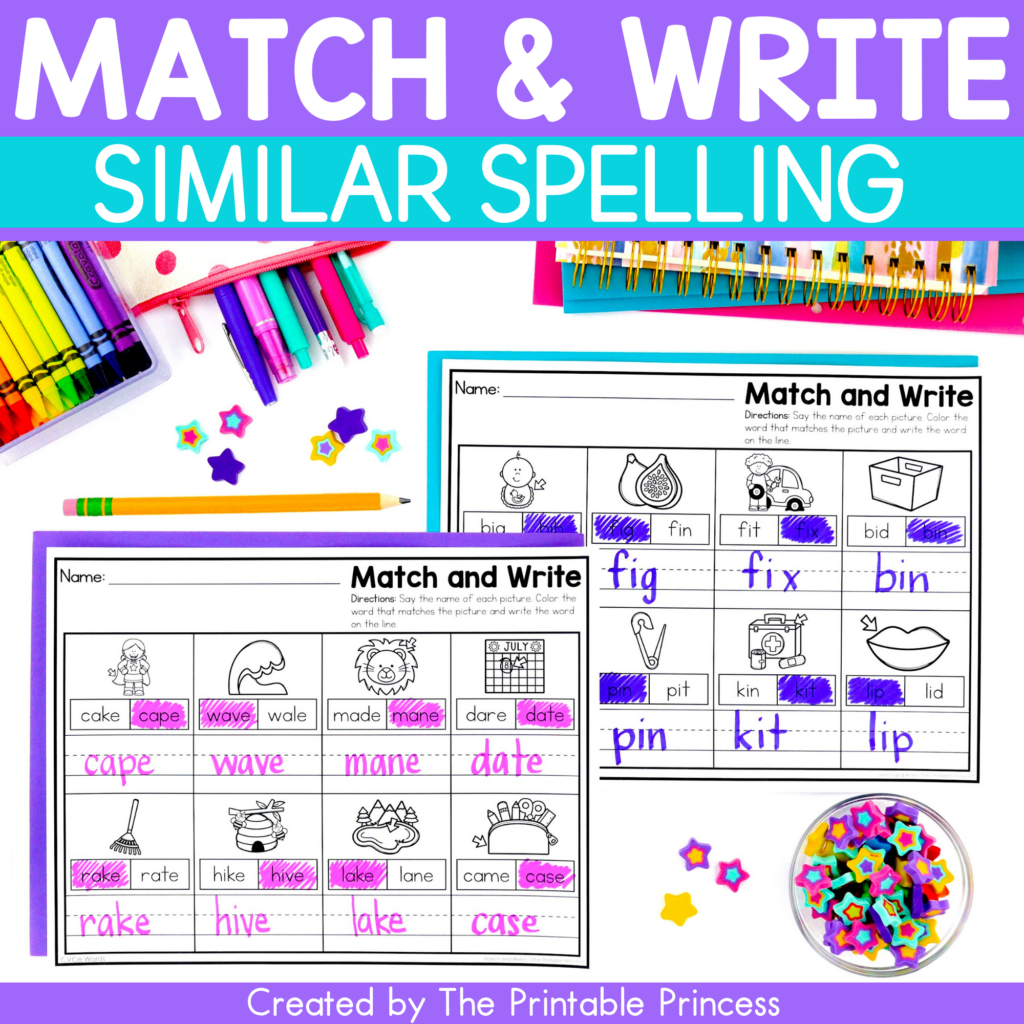
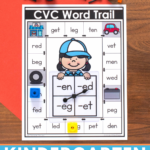
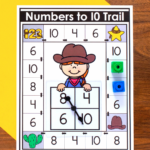
Thank you so much for sharing…These are awesome…and will make learning / reinforcing concepts so fun!